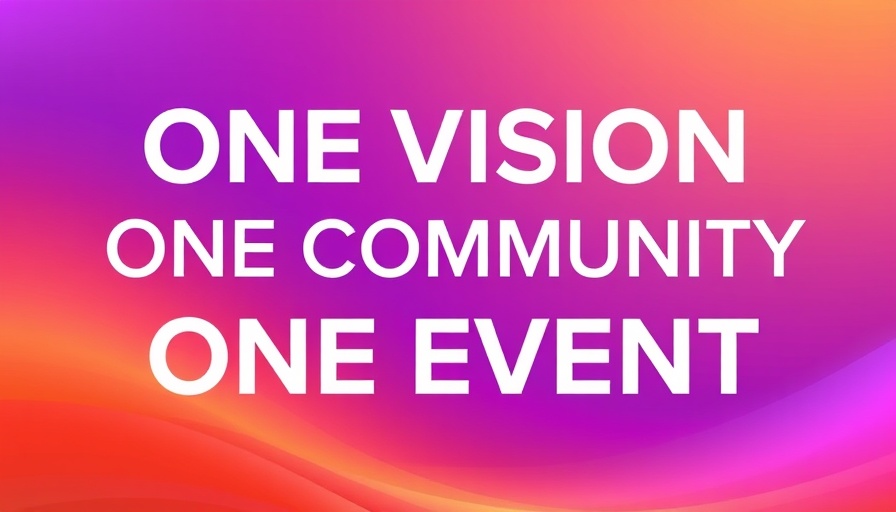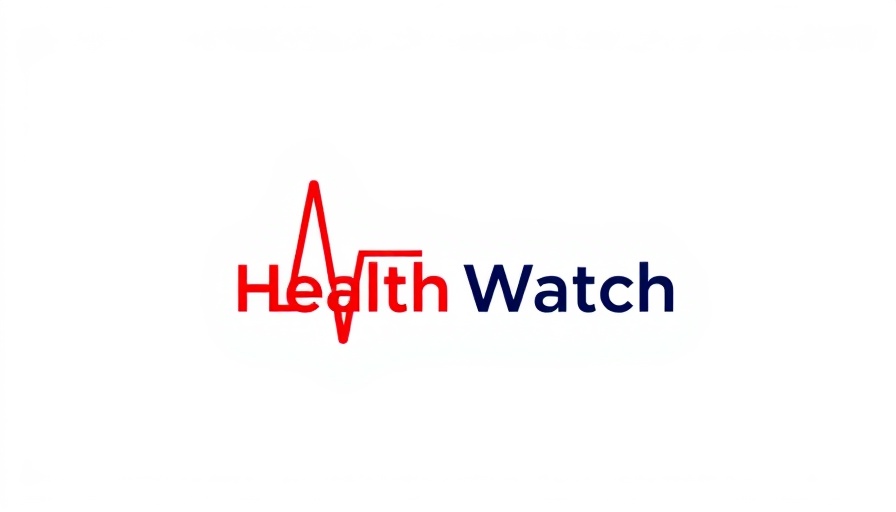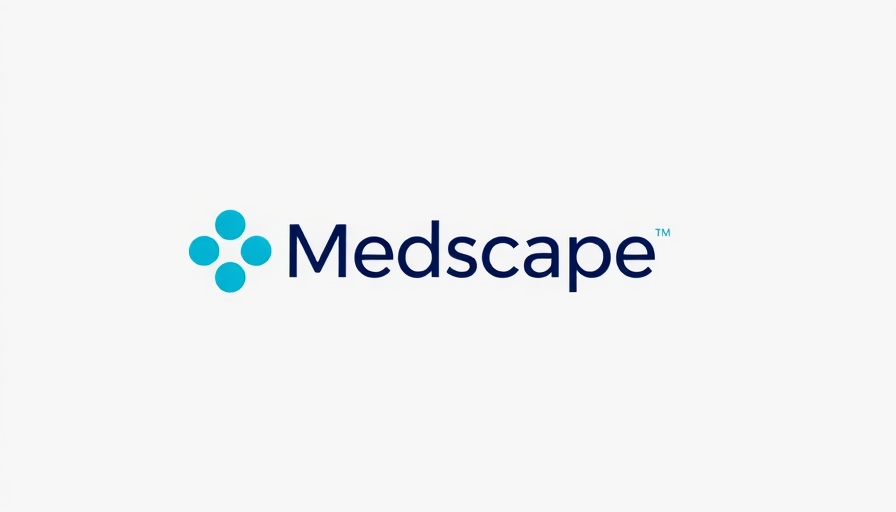
Understanding the Shift: Why Vision Expo is Going Annual
In a significant move that reflects evolving trends in the eyecare industry, Vision Expo has announced plans to transition to a single annual event starting in 2026. This decision to consolidate what had previously been two distinct expos -- one held in the East and the other in the West -- is not merely an organizational adjustment but a strategic pivot designed to enhance industry collaboration and streamline experiences for attendees and exhibitors alike.
The Benefits of an Annual Event for Eyecare Professionals
With the shift to one comprehensive event each year, attendees can expect a more robust and impactful experience. This single expo will create a unified platform for eyecare professionals, manufacturers, and innovators from all corners of the industry. Bringing everyone together not only fosters networking opportunities but also allows for the sharing of insights and innovations that can enhance the eyecare landscape. As discussed in various industry meetings, consolidating events can lead to more focused educational sessions and seminars that address the pressing needs of today’s eyecare professionals.
Historical Context: The Evolution of Vision Expo
The Vision Expo has long been a cornerstone for eyecare professionals and enthusiasts, with its roots tracing back to the early 1990s when it first started as a platform for showcasing the latest in vision and eyewear technology. Since then, it has evolved into a central hub for learning and networking. The decision to simplify its format reflects not only a response to feedback from previous attendees but also aligns with broader trends seen across trade shows in various industries, where single annual events are becoming increasingly popular.
Looking Ahead: What to Expect from the Future of Vision Expo
As the eyecare industry moves forward, consolidation can be expected in various forms. With major technological advancements and shifts in consumer preferences, having annual gatherings where trends can be discussed and solutions can be generated becomes essential. The 2026 Vision Expo is poised not just to be an event, but a trend-setting gathering of thought leaders ready to discuss actionable strategies and innovations that may shape the future of the industry.
The Role of Technology in Eyecare
As we step further into a data-driven world, technology's role in eyecare continues to expand. From telehealth solutions to advanced diagnostic tools, the way we approach vision care is transforming rapidly. A singular annual event will provide a stellar platform for tech innovators to showcase their products and connect with stakeholders who are eager to implement these advancements in clinical practice.
Connecting with the Community: Why This Matters
For industry professionals, the importance of the Vision Expo lies in its potential to rally community members. Regular interaction at a yearly event fosters relationships and enhances collaboration, allowing for a more cohesive approach to challenges faced in the field. With a unique opportunity to learn from peers and collaborate on new initiatives, a single expo can significantly contribute to a stronger community within the eyecare sector.
Conclusion: Embracing Change for a Stronger Tomorrow
The transition to a single annual Vision Expo can be seen not only as a logistical maneuver but also as an embrace of change aimed at fostering a more interconnected, innovative, and responsive eyecare community. As we await 2026, the anticipation builds for what promises to be a remarkable gathering that showcases the vibrancy and versatility of the eyecare profession. The future looks bright as we prepare to come together to learn, share, and innovate in this dynamic field.
 Add Row
Add Row  Add
Add 




Write A Comment